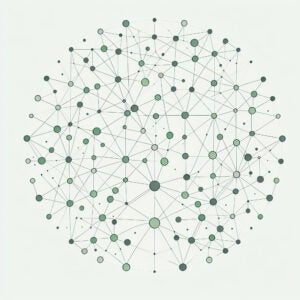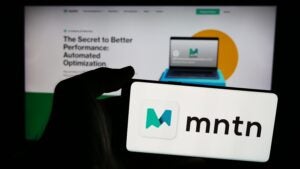Slow-loading ads are still a perennial problem for publishers.
Wise Publishing, a Toronto-based publisher of personal finance content with around 5 million monthly unique visitors, acquires a significant portion of its traffic through paid channels. But if an ad loads slowly and a visitor leaves, so does that monetization opportunity.
“Dealing with latency is incredibly important to us, because the balance between paid performance and the sums we’ve spent to acquire users can make or break the margin for a campaign,” said Wise CTO Nic Skitt.
Header bidding, for example, increases demand but can also introduce latency, so Wise is always trying to improve page delivery performance.
One tactic has been to integrate with a supply-side ad server developed by Nativo called Content Edge, which hosts unified auctions and ad serving on a content delivery network. It’s a setup that eliminates a bunch of the JavaScript that would normally just get loaded directly onto a client’s page, said Nativo’s CEO and president, Justin Choi.
On average, the publishers Nativo onboards have four to six seconds of latency – and, in some desperate cases, up to 10 seconds – before the content loads and the ads start to come in, which “causes a bad user experience and pushes the content around on the page,” said Tim Cavanaugh, director of publisher development at Nativo.
On its face, it might seem inefficient to have an ad server just for native. But the pitch is to reduce latency for native placements, and then convince publishers to open up their non-native demand, too.
If Nativo, which integrates directly with ad exchanges to run unified auctions on behalf of its publishers, can reduce latency for native slots, publishers are then willing to turn over more of their other ad inventory that’s being handled by the likes of Google, Cavanaugh said.
Publishers, including Wise, Tribune Publishing, Lonely Planet and The Philadelphia Inquirer, are starting to use Nativo for regular display spots.
“Effectively, they get first look at everything, and all of the positions we choose to yield to Nativo positions are defined on the page and served through Edge before anything else happens,” Skitt said. “Because of that, when we do move to header bidding, we just expose those slots that were not already filled through Nativo.”
The hybrid approach appeals to publishers, Cavanaugh said.
For example, if Nativo’s ad server senses that an ad will take too long to load, and a publisher has native demand, Nativo will jump in and serve it. If there’s no native demand in the hopper, Nativo steps back and the publisher can kick off its normal JavaScript flow to monetize those positions.
It’s a way for publishers to speed up their page loads without swapping out any existing partners.
“Like reducing reliance on Google without needing to replace Google,” Choi said.
Over the last number of months, Wise has pared down the amount of display inventory it passes to Google. Today it fills around 50% of its display placements through Nativo. “DFP is seeing a lot less of our inventory,” Skitt said.
Since implementing Content Edge, Wise has seen ad load times go down from 4.2 seconds to 0.6 seconds, on average. Wise has also been able to increase its overall available inventory by around 20%.













